It's Wednesday and time for my guest blogger, Rambler5319, to take over again. Enjoy!
Not just any palm house – the one in Sefton Park in Liverpool.
The park’s history goes back to 1867 when the council bought the land from a local earl. They paid £250,000 which in today’s money would be of the order of £40 million (some calculators go much higher than even this!) Imagine any council even thinking of spending that amount of money on a park today. Actually it wasn’t much different then as there were protests about it being a waste of money. Time, though, has certainly proved its benefit to the people of the city and further afield.
A big competition (international) was held and the winner was a French landscape artist named Édouard André and Liverpool architect Lewis Hornblower. (Hornblower had designed the Grand Entrance to Birkenhead Park - designed by Joseph Paxton - the first municipal park in Britain and he’d also worked on Princes Park just across the road from Sefton Park.) It was opened in 1872 by 22 year old Prince Arthur (3rd son of Queen Victoria).
About 24 years later, the city council received a donation of £10,000, from a rich local man, Henry Yates Thompson, to build the Palm House. It opened in 1896. It’s an octagonal shape and built on a base of red granite which they brought down from the Isle of Mull. At each of the corners there is a statue of a famous person chosen by Thompson. Naturally he picked mostly botanists and explorers. We’ll do a tour round the outside this week and go inside next week.
Let’s start with a view looking at the front entrance to the Palm House.
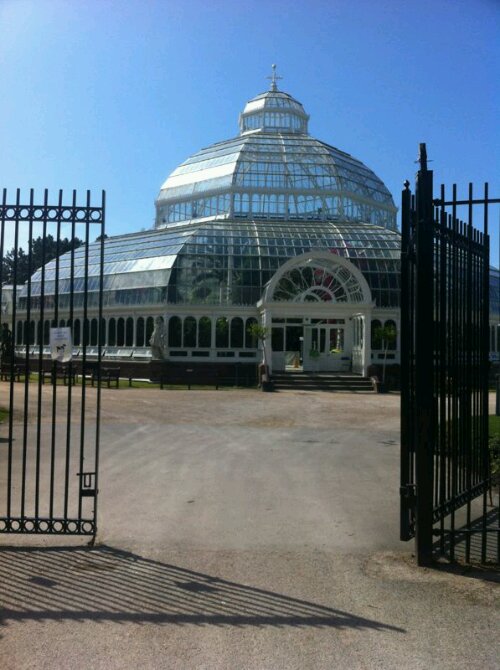
The statistics are amazing: it’s 25m high and there are 3,710 individually-cut panes of glass. It was painted in camouflage paint in 1939 to prevent the glass reflecting moonlight which would help enemy bombers locate areas of the city.
The structure fell into disrepair during the 1980s and following a big campaign and raising funds and grants it was re-opened in 2001. Just think about this – in order to refurbish the place they had to remove all the plants and then dismantle the whole structure (made of cast iron) so it could be sand blasted. The firm that did this part had to number every single piece of metal so it could be put back in the right place. Talk about jigsaws, this must have been one tough job. (I certainly wouldn’t have fancied it!)
We’ll go clockwise round the building looking at the guys who are commemorated in bronze and marble and see some of the beautiful gardens and flowers. I wonder how many of these you know?
1. André le Notre (1613-1700)
A landscape artist who designed the gardens at Versailles for Louis XIV. Also designed St James’ Park in London
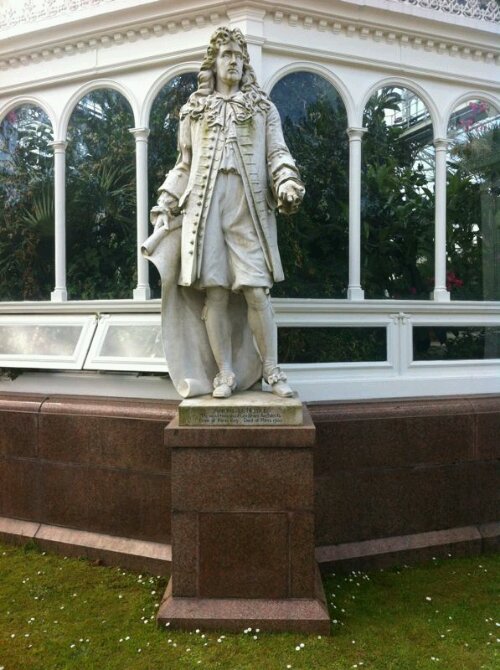
As you can see he’s in marble. Now I’m not a sculptor but check out the scroll he’s holding. I reckon that must be quite difficult to do.
2. Captain Cook (1728-79)
Famous as an explorer, navigator & cartographer and for his voyages of discovery particularly Australia and New Zealand. He was a captain in the Royal Navy. On his 3rd Pacific voyage he was killed when fighting with Hawaiians. The sad thing is that he had actually left the islands but a mast on his ship (Resolution) broke and he had to return to make repairs and it was during this time that the quarrels started which ended in his death.
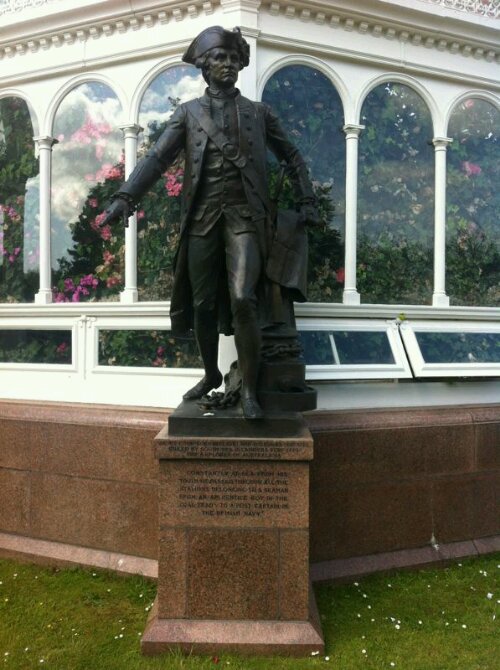
Check out the inscription on the base of his statue in pic below: “Constantly at sea from his youth he passed through all the stations belonging to a seaman from an apprentice boy in the coal trade to a post of captain in the British Navy”. In other words he started right at the bottom and worked his way right up.
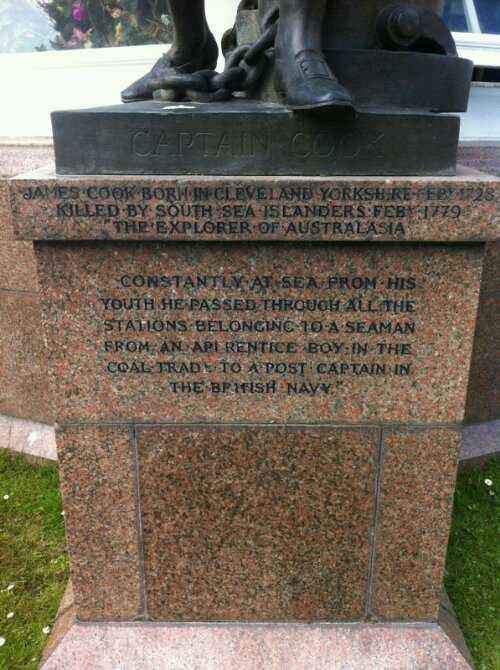
3. Gerardus Mercator (1512-1594)
The base says he was “the son of a poor shoemaker near Antwerp”. He was a Flemish astronomer & geographer. He invented the system of mapping which we still use today and by which your mobile phone knows exactly where you are: lines of latitude & longitude. We almost forget how revolutionary this was because we’ve never known living when it didn’t exist. The nearest I’ve ever come to it is when I lived abroad in a place that, for a while, didn’t have street names. People navigated by buildings or geographical features including the taxis. It moved on rapidly and has a totally modern system with street names and a GPS guided taxi system which was considered one of the most sophisticated in the world when introduced four years ago.
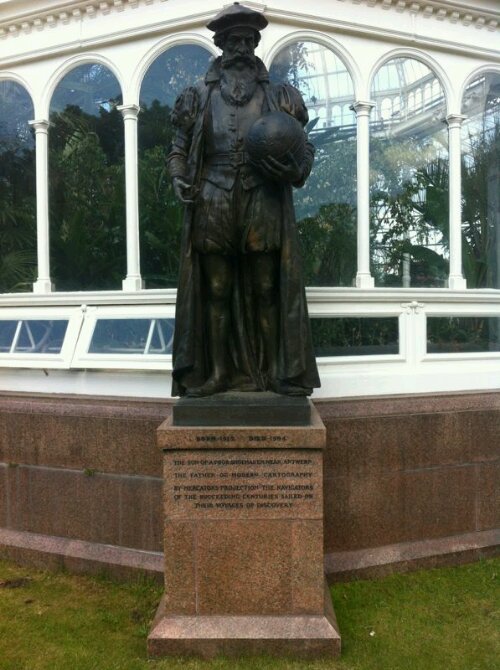
4. Carl Linnaeus (1707-78)
He was a Swedish botanist, physician & zoologist. He is the founder of the system of categorisation of plants called taxonomy or type classification. Interestingly, it is said, his family conversed in Latin so his familiarity with the language when naming plants is perfectly understandable. Apparently the philosopher Jean-Jacques Rousseau sent him the following message: “Tell him I know no greater man on earth”. That’s quite a compliment isn’t it? Goethe, the German author, wrote of Linnaeus: "With the exception of Shakespeare and Spinoza, I know no one among the no longer living who has influenced me more strongly!" Wow, talk about being respected by your peers. This guy was a giant.
However he also had a massive ego. In his own writing he made statements about himself that might surprise you. He wrote in an autobiography: "No one has been a greater Botanicus or Zoologist. No one has written more books, more correctly, more methodically, from his own experience. No one has more completely changed a whole science and initiated a new epoch. No one has become more of a household name throughout the world..."
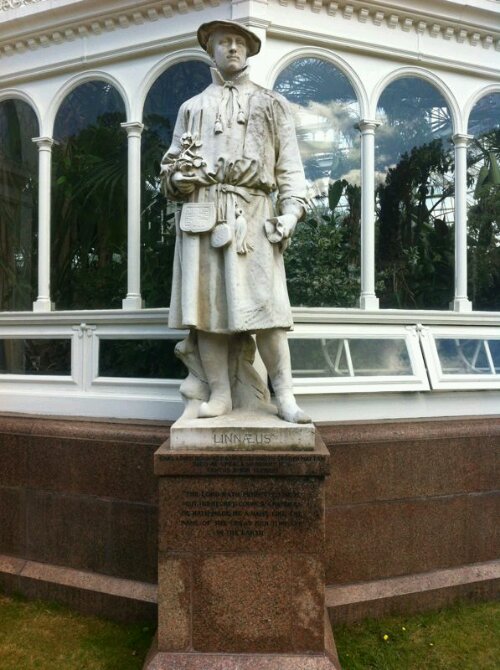
5. Charles Darwin (1809-82)
Probably the most famous of the names in this list. He wrote the book On The Origin Of Species in 1859 upsetting the church and Victorian society in general. Whatever your views on him the “Theory of Evolution” remains just that – a theory. Nuff said.
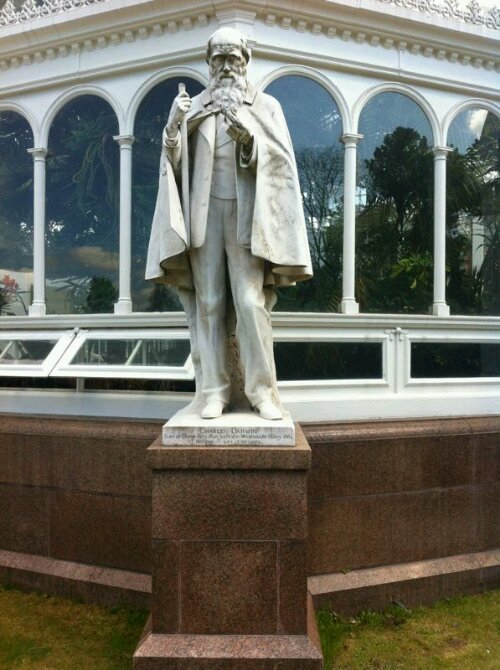
6. Christopher Columbus (1451-1506)
Explorer and discoverer. Popular views credit him with the discovery of America but that should be qualified of course to the European discovery of America. Native Indians were already there and other nations can lay claim to having visited the place long before Columbus: Norse explorer Lief Erikson is believed to have been there around 1000AD & some believe the ancient Phoenicians could have visited. Obviously the name America doesn’t come from Columbus but from the feminine version of Italian explorer Vespucci’s first name Amerigo. Why if Columbus discovered the land was it not called Columbusia or Columbusland? How did that not happen?
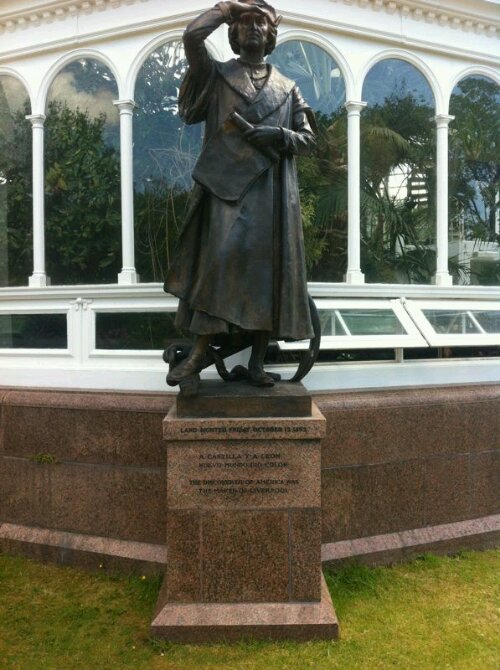
7. Henry the Navigator (1394-1460)
He was the 3rd child of King John I of Portugal and his wife Philippa of Lancaster (sister of Henry IV of England). In the complicated intermarriage of Royal families in Europe, Philippa of Lancaster was a daughter of John of Gaunt – the “Gaunt” comes from the anglicising of his birthplace (Ghent) in Belgium. He himself was a son of the 4th Plantagenet king, Edward III, and Philippa of Hainault. (Now there is a Hainault in north-east London but this one is a county in Belgium. Philippa brought Belgian weavers over to England to start up businesses in Norwich. In the late 16th century another wave of weavers arrived fleeing religious persecution in Holland & Belgium. Interestingly these guys brought their canaries with them and local people also began rearing them. And that historical event is how Norwich City’s football team got its present-day nickname – The Canaries. So now you know where it came from.)
Henry was born in Porto and from the age of 21 he began exploring the coast of Africa. He was intrigued by the Christian legend of Prester John who was allegedly a descendant of one of the Three Wise Men (who visited Jesus at his birth). Supposedly PJ was the king of a Christian nation which had been lost among the pagans of the Orient. His kingdom was said to contain the Fountain of Youth! It’s no surprise he didn’t find it or that people are still looking for it today, not in Africa, but in the consulting rooms of the plastic surgeon!
In 1420 Henry was appointed a governor of an organisation called the Order of Christ. This group had succeeded the Knights Templar which had been disbanded by Pope Clement V in 1312. He remained in charge till his death in 1460.
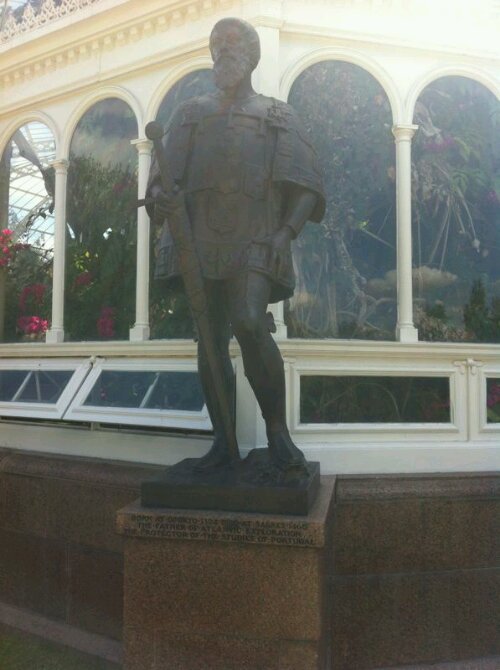
8.John Parkinson (1567-1650)
In his time he was a famous herbalist and one of the first English botanists. After moving to London in 1581, at 14 yrs of age, he became an apprentice apothecary. He then rose up the career ladder eventually becoming apothecary to James I and later Royal Botanist to Charles I.
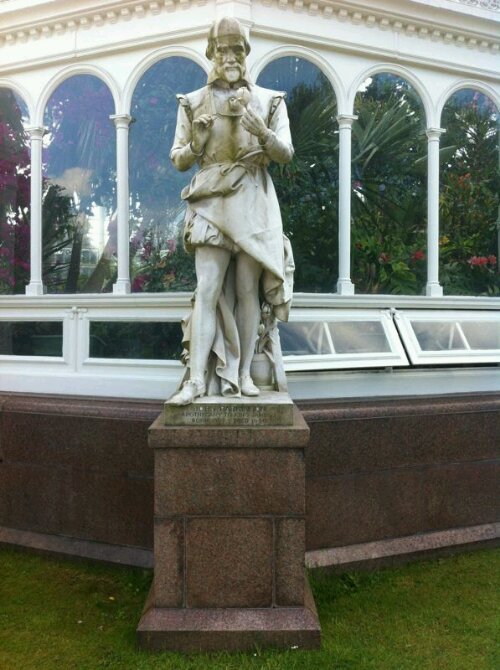
Here’s one last statue. As you’ll probably recognise, it’s Peter Pan.
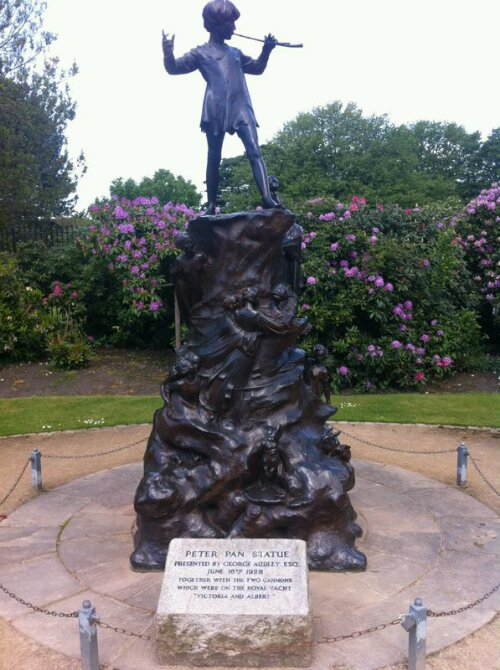
And here’s the inscription on the base

It says it was on the Royal yacht but I wonder just where on the Royal Yacht “Victoria & Albert” they put this. Looks a bit hefty to me but perhaps it was just the Peter Pan himself part at the top and no base. Interestingly Queen Victoria had 3 Royal Yachts named Victoria & Albert: the first launched in 1843, just 6 years after her accession; the second in 1855; the third launched in 1899 but was not ready for service until 1901 which, sadly, turned out to be 7 months after her death.
Anyway there we are, that’s all for this week. I’ll have to keep the flowers outside till next week when I’ll do the inside of the place itself.
No comments:
Post a Comment